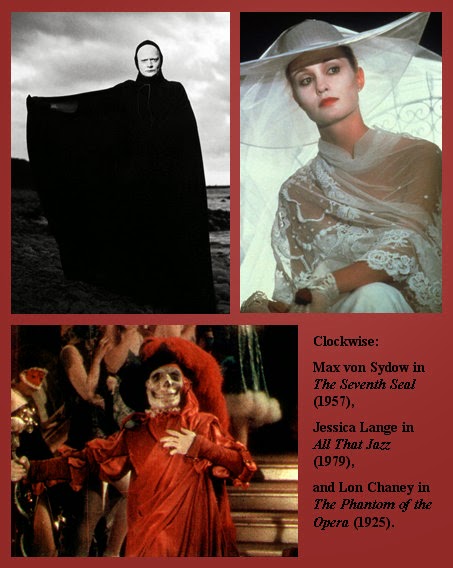Nativity blogging
for the Season of Christmastide 2014-15:
Sandro Botticelli's
The Virgin Adoring the Child
 |
| The Virgin Adoring the Child by Sandro Botticelli, 1480/90, tempera on panel, 23 3/16 in. diameter, Samuel H. Kress Collection, National Gallery of Art |
Christmas morning craziness is over but it’s still
Christmastide, the twelve days of Christmas that stretch from the midnight
announcement of Christmas day to the Epiphany arrival of the three Magi. The Christmas company has departed. Alone at last, Mary watches over her
baby. This is a part of Christmas, too.
I’m too introverted to be comfortable with the classic Nativity
scenes. They’re typically crowded with
kings and their retinues, shepherds flocking down from the hills, angels on
rooftops and dancing with the stars, and a stable-full of oxen and asses. To find Mary and the baby, you have to search through all the turmoil.
 |
| The Adoration of the Kings by Sandro Botticelli, 1470-75, tempera on panel, National Gallery, London |
Technically, Botticelli’s early crowd scene is impressive,
with its high-Renaissance mastery of architectural perspective and its varied
portrait gallery. Botticelli skillfully
utilizes the tondo (round) format that was becoming popular at the time for
paintings designed for private devotions.
But this crowded house isn’t what I crave from a Nativity scene. For my private Nativity devotion, I prefer quiet, mystery, and a dash of expectant hope (the same elements I always hope
for in a Christmas Eve service).
Botticelli’s Adoration
of the Kings tondo came early in his career, perhaps one of his first works
after finishing an apprenticeship with Fra Filippo Lippi in his early
twenties. As Botticelli matured—and his
artistry became even more assured—he continued to paint Nativities, Magi
scenes, and virgin-and-child images. With
some of his paintings, he started to pare the crowds back, placing more
emphasis upon Mary and the baby.
 |
| Detail, The Virgin Adoring the Child by Sandro Botticelli, National Gallery of Art |
Mary crosses her hands in a traditional sign of resignation
to the will of God. As in all of
Botticelli’s mature works, Mary expresses a sadness that acknowledges an
awareness of her son’s destiny. Jesus’
sacrifice is hers as well. Her sorrow will
continue unabated through the lamentation and Pieta depictions of Mary cradling
the body of the crucified Jesus. In
birth and in death, the figure of Mary calls us to contemplation of the
fragility of humanity.
Exquisitely framed by a ruined stable wall, this Botticelli tondo is a triumph of personal devotion imagery. We are asked to enter into the spirit of Mary. The world is quiet, the child calls to us, and we respond with grace. Above, revealed in a corner of sky, the Star of Bethlehem still shines, trailing glory.
Exquisitely framed by a ruined stable wall, this Botticelli tondo is a triumph of personal devotion imagery. We are asked to enter into the spirit of Mary. The world is quiet, the child calls to us, and we respond with grace. Above, revealed in a corner of sky, the Star of Bethlehem still shines, trailing glory.
 |
| Detail, Virgin Adoring the Child by Sandro Botticelli, National Gallery of Art |
Reference Sources
Botticelli by Barbara Deimling
Botticelli: The Artist and His Works by Silvia Malaguzzi
Gardner’s Art Through the Ages by Fred S. Kleiner and Christin J. Mamiya
Botticelli: The Artist and His Works by Silvia Malaguzzi
Gardner’s Art Through the Ages by Fred S. Kleiner and Christin J. Mamiya
© 2014 Lee Price











































